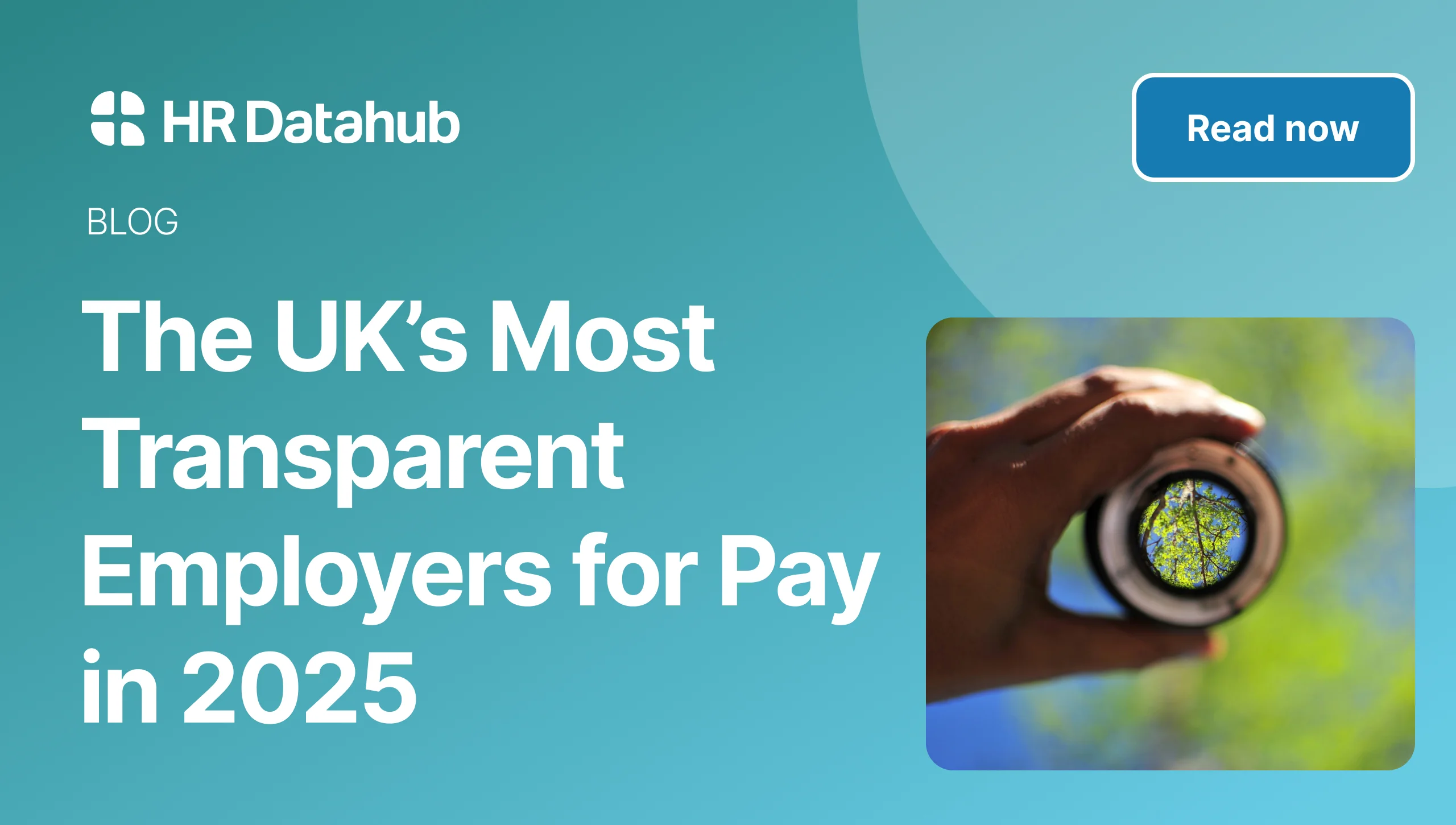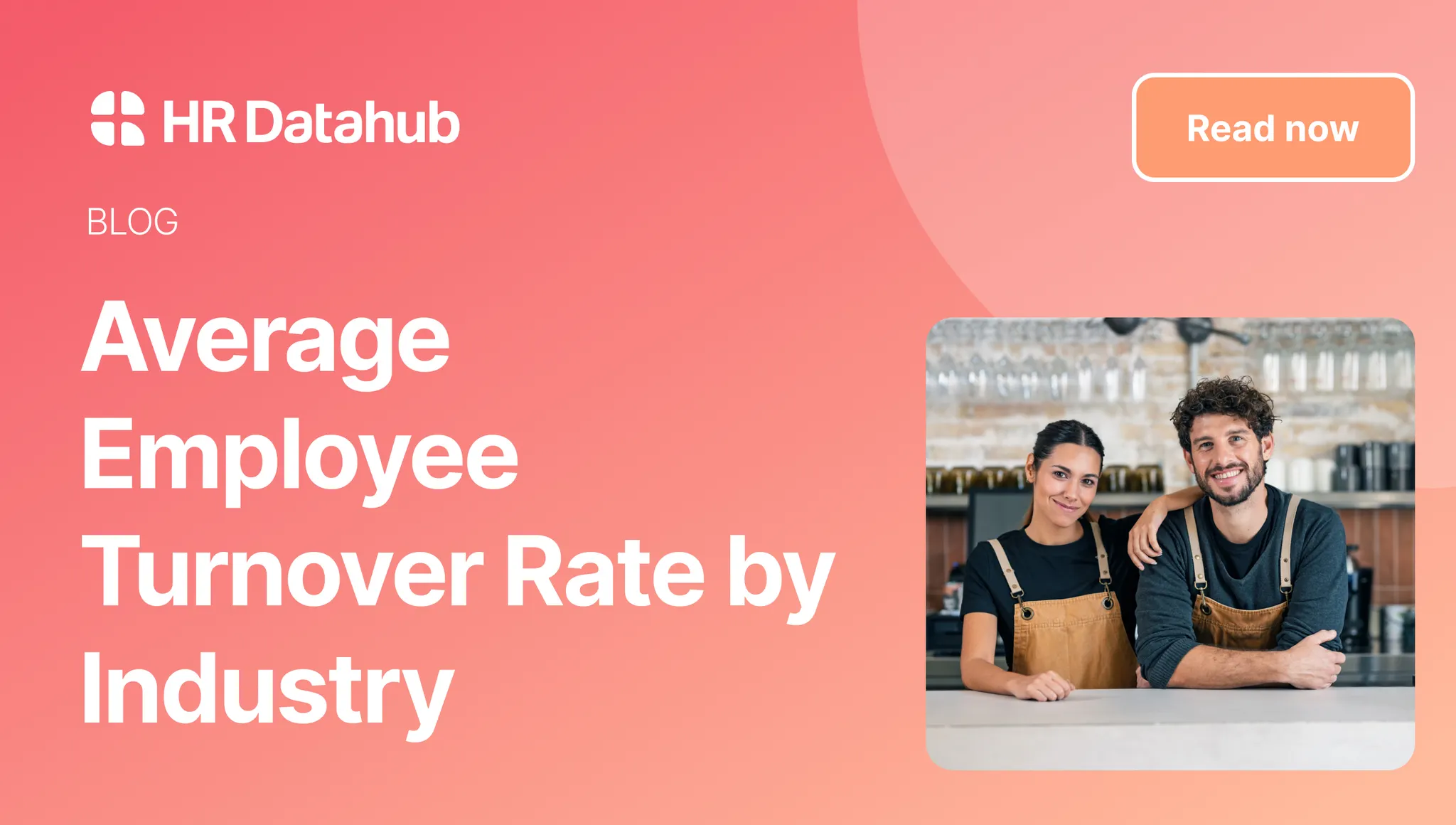

August 14, 2025
August 14, 2025
Wage Drift: What It Is and How to Tackle It

Published by:
David Whitfield
,
CEO & Co-Founder
,
HR DataHub

Reviewed by:
Alexa Grellet
,
COO & Co-Founder
,
HR DataHub

8
MIN READ time

Wage drift happens when what you pay starts to drift away from market rates – whether that's over or under. It's rarely deliberate, but it adds up fast. In many organisations, employee costs account for 50% or more of total spend, yet few know if they’re overpaying, underpaying or staying competitive. For HR, that’s a huge opportunity to promote fair compensation and cost control.
This guide explains what wage drift is, why it happens, how to calculate it, and how to keep it under control.
Wage Drift Definition
Wage drift is when your actual pay practices – your total earnings packages – start to move away from the market rate without you necessarily realising it. That drift might go upward, where you’re consistently paying over the odds, or downward, where your salaries are falling behind competitors. Either way, it means your pay no longer aligns with where it should be.
Wage drift is different from annual pay rises or structured reviews. It tends to happen between those formal checkpoints, for example, through:
- Off-cycle increases
- Negotiation decisions
- Hiring under pressure
- Lack of clear benchmarks
Over time, those small adjustments stack up.
Wage drift is not just a pay issue. It’s a visibility issue. Many organisations don’t know whether they’re above or below the market until the symptoms start to show – like losing candidates, struggling to hire, or seeing their pay bill climb with no clear return.
What Causes Wage Drift?
Wage drift is rarely caused by one big decision. It’s usually the result of lots of small ones made across the business over time without a clear link to the market.
1. Lack of market benchmarking
If you don’t know where your salaries sit against the market, you’re flying blind. And in that position, you can’t know whether the pay decisions you’re making are competitive, excessive, or falling short. This is where many organisations go wrong – they’re still using outdated data, spreadsheets, or salary surveys from years ago. You can’t manage drift if you don’t know where you’re drifting from.
I discuss here why salary surveys are no longer enough to stay competitive.
2. Weak pay governance
Even with good salary benchmarking, pay drift happens when there’s no structure in place to stop it. If managers are making pay offers without guardrails or handing out increases on a case-by-case basis, you end up with inconsistency. One team might hire a role at £50k, another at £40k, even though the market rate is £45k. Over time, that adds up.
3. Reactive hiring decisions
When hiring becomes urgent, organisations often overpay just to get someone in the door. It might solve a short-term resourcing issue, but it breaks internal equity and drives salary drift upward. Without checks in place, these decisions go unchallenged, and they tend to become precedent for future offers.
4. Ad hoc salary increases
Outside of the formal salary review process, employees may negotiate extra pay, or managers might push through off-cycle raises to avoid losing someone. These decisions often aren’t tracked centrally or compared against external rates. On their own, they seem small. But across an organisation, they can distort your pay structure completely.
Why Wage Drift Is a Problem (and the Risk of Doing Nothing)
Most organisations have wage drift. The real issue is not whether it exists; it’s how far off you are and what that gap is costing you.
It drives up your pay bill unnecessarily
If you're consistently overpaying against the market, you’re not getting a return on that spend. For organisations with hundreds or thousands of employees, the cost can quickly reach hundreds of thousands or even millions of pounds – or dramatically increase your unit cost without improving outcomes.
It creates internal fairness issues
When pay decisions are made inconsistently, employees doing similar jobs may end up on very different salaries. That opens up risk around equal pay claims, but it also erodes trust, job satisfaction and engagement. Pay fairness isn’t just legal, it’s cultural.
It makes hiring and retention harder
If you’re under market, you’ll struggle to attract candidates, or you’ll lose people to better offers elsewhere and struggle to retain employees long-term. If you’re over market, you risk hiring people into roles that are too junior for them. Either way, you lose fit, momentum, and credibility.
It breaks your salary strategy
Wage drift undermines the purpose of having pay bands or performance-based pay. It makes it harder to reward fairly, plan budgets accurately or make strategic workforce decisions. And the longer it goes unmanaged, the harder it becomes to reverse.
One example of wage drift I’m aware of is from an HR leader at a manufacturing business in Cumbria. They discovered they were paying £10,000 below market for two critical engineering roles – simply because they’d been relying on salary data that was two years out of date. At the time, it was taking them six months to fill those roles.
That’s the risk of unmanaged drift: without accurate, up-to-date data, you’re making pay and hiring decisions in the dark.
How to Calculate Wage Drift (Step-by-Step)
You can’t fix wage drift if you don’t know how far off you are.
Here’s how to do it.
Step 1: Benchmark every role against the market
Start by identifying the external market rate for each role in your organisation. This needs to be up-to-date, granular and ideally localised. Relying on old survey data or generalised salary bands won’t give you the accuracy or comprehensive data you need to make confident decisions.
HR Datahub provides live, localised salary benchmarking data you can filter by region, industry and role – so you know exactly where you stand.
Step 2: Add up your current total pay bill
Start with your organisation’s total base salary spend across all roles. This is typically the figure you would include in a board report, as it provides a clear, consistent view of ongoing pay commitments.
While bonuses, allowances, overtime and other benefits may be important to consider in certain contexts, these are often determined by more complex parameters and can fluctuate. For the purposes of this calculation, keep them separate and focus solely on base pay.
Step 3: Calculate your market-aligned pay bill
Using your benchmarking data, calculate what your total pay should be if every employee were paid at the correct market rate.
Step 4: Compare the two and express the difference as a percentage
Wage Drift (%) = (Actual Pay – Market-Aligned Pay) ÷ Market-Aligned Pay × 100
For example:
- Actual pay: £1,200,000
- Market-aligned pay: £1,000,000
- Wage drift = (1.2M – 1.0M) ÷ 1.0M × 100 = 20% above market
Or in reverse:
- Actual pay: £800,000
- Market-aligned pay: £1,000,000
- Wage drift = 20% below market
This calculation gives you a clear, actionable view of your organisation’s position. It’s even more powerful when broken down by team, job family or location so you can target fixes where they’ll have the most impact.
My tip? Don’t wait until year-end. Track wage drift monthly to spot problems early and avoid reactive pay decisions later.
Discover where else your pay practices are costing you and how much you could save.
How to Fix or Prevent Wage Drift
Once you’ve identified your wage drift, the next step is to stop it from compounding. Managing wage drift well requires more than annual review cycles. You don’t need to make sweeping changes or pay freezes, but you should build better visibility, structure and consistency into how you manage compensation.
Here’s where to start:
1. Track wage drift regularly, not just once a year
Many organisations only look at pay alignment during annual reviews. By then, the damage is already done. The most effective HR teams calculate wage drift monthly, just like you would with any other critical cost. You don’t need to wait for permission to do this. Start tracking it now, even if it’s rough to begin with.
HR Datahub’s salary benchmarking platform makes this easy by giving you live, role-level data to track movement over time.
2. Break it down by department or job family
Drift isn’t always spread evenly. Some areas of your business might be 5% above market, others 10% below. Breaking your analysis into segments helps you identify patterns and hotspots and avoid blanket fixes that don’t match the problem.
3. Put structure around pay decisions
Most wage drift comes from decisions made outside formal pay review processes. That’s where pay governance makes a difference. Implement guidelines around off-cycle increases, counteroffers, performance-based incentives and starting salaries. Give managers clarity but also limits.
Here, I discuss how to build a smarter compensation planning process.
4. Revisit your pay bands
If you don’t have clear pay bands or if they’re out of date, wage drift is inevitable. Regularly calibrate your pay bands against market data and business needs. And crucially, communicate them internally. People are far less likely to push for exceptions when the rules are transparent.
5. Align with finance early
Wage drift isn’t just an HR problem. It’s a financial one. If you’re not already working closely with finance on pay strategy, now’s the time. Align on forecasting, governance and reporting, so wage drift doesn’t become a surprise line item on next year’s budget.
If you’re looking to build a stronger business case for tackling wage drift, I cover this in more detail in a recent episode of our Reward School series.
In that session, I walk through how to prove the ROI of your reward strategy, link pay decisions to outcomes, and turn Reward into a genuine competitive advantage.
→ Watch Reward School Episode 4 on demand
Wage Drift is a Signal of your Pay Maturity
Wage drift doesn’t happen in isolation; it’s often a symptom of how mature your organisation is when it comes to managing pay.
If you’re not tracking pay drift, not benchmarking regularly, and not putting structure around salary decisions, then chances are you’re operating at a low level of pay maturity. And that comes with risk: higher costs, broken internal equity, and a lack of control.
But the reverse is also true. If you’re monitoring wage drift in real time, using data to guide decisions, and proactively managing pay strategy across the business, you’re operating at a more advanced level – and that’s exactly where HR adds value at the board level.
Take our Pay Maturity survey to understand how well you manage pay — and where to improve!
How HR Datahub Helps HR Teams Manage Wage Drift
Wage drift becomes a lot easier to manage when you have access to the right data at the right time.
That’s where HR Datahub comes in. Our platform helps organisations identify the market rate for every role in their business – refreshed daily and localised to reflect regional variation. That means you’re not making pay decisions based on two-year-old surveys or national averages. You’ve got real data, in real time.
More importantly, we help you track wage drift consistently. You can compare your actual pay bill to what you should be paying, segment the data by department and start reporting on drift monthly – not just once a year. That turns wage drift from a hidden risk into a visible metric you can manage, adjust and explain.
And the benefit of getting ahead of it is huge. You avoid costly corrections, protect internal equity, and give your board a clear line of sight on one of the biggest cost drivers in the business.
If you’re not being asked about wage drift by your board yet — take the lead. Show them the data. Show them the financial opportunity. And show them that HR can drive strategic change, reduce costs and elevate pay maturity across the business.
Ready to get visibility on your wage drift? Start your free trial of HR Datahub and see where you stand.
TABLE OF CONTENTS


.jpg)

